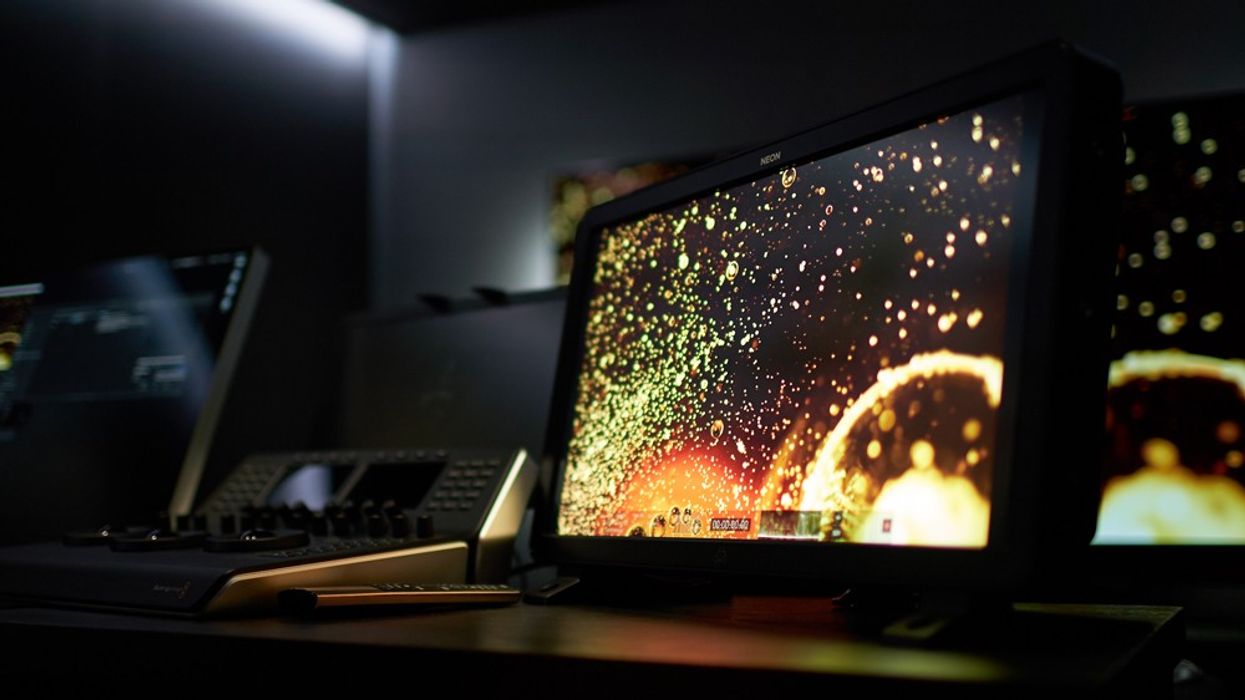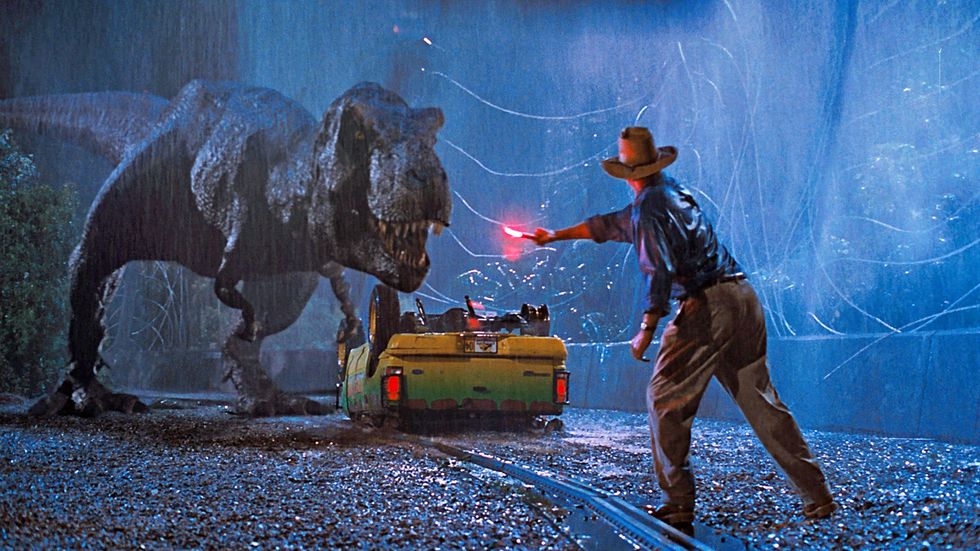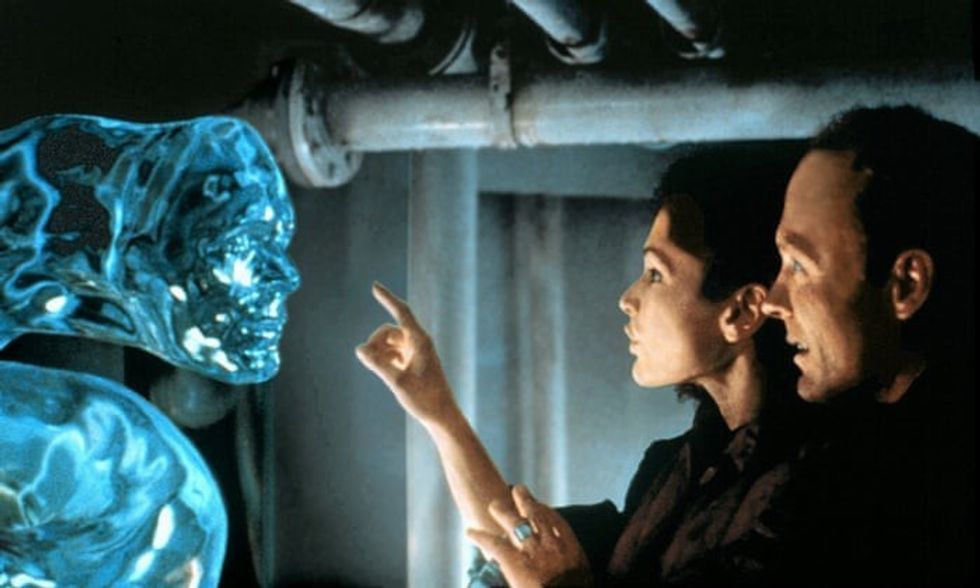Atomos' Long-Awaited Neon HDR Monitor-Recorders Finally Arrive
The 17" and 24" Neon models are available now.

When Atomos announced its ambitious Neon series of production monitors over a year ago, the thought was they'd be available different sizes: 17″, 24″, 32″, and 55″. Today, the company has released the two smaller-sized HDR monitor-recorders.
Since their inception, Atomos says they made changes after "hearing from first-hand users and its loyal community," allowing them to fine-tune the monitors so that they're suitable for a range of workflows, including virtual productions and color grading.
Atomos says the monitors will provide accurate and consistent SDR/HDR monitoring while still giving recording options for Apple ProRes or Avid Dnx up to 4K DCI 60p. The monitors come factory calibrated or can be re-calibrated using the optional USB calibration cable and Xrite i1 Display Pro Plus.
Putting color accuracy at the forefront is a good move by Atomos. It wouldn't make sense for them to simply release larger-scaled versions of the Ninja V. Having colors you can count on for grading or to view during production is what they're selling here.
While one would think the difference between the monitors is only the size, that is not the case. The Neon 17" has a full-HD 1920 x 1080 panel with 10-bit (8+2 FRC) display as well as 4K to HD scaling and an option for 1 to 1 display pixel mapping.
The Neon 24” touts a 4K DCI panel with true 10-bit fidelity as well as HD/2K to 4K UHD /DCI upscaling that said to avoid interpolation methods.
However, both displays feature Full Array Local Dimming (FALD) backlight technology that delivers deep blacks at 1000 nits full-screen HDR peak brightness. Additionally, they have a wide 180° angle of view both horizontally and vertically as well as a dynamic contrast ratio of 1,000,000:1. But don't get too hung up on dynamic contrast ratio. That is measured from the blackest black to the whitest white. What's more important about a monitor is the native contrast or "ansi." That contrast ratio is unknown.
Both monitors provide native DCI-P3 coverage with wide color gamuts. The AtomHDR engine provides selectable monitor modes to work in either SDR or HDR and will match both camera settings or delivery standards including Rec.709, Rec.2100 HLG, or ST.2084 PQ. Additionally, built-in transforms allow for the conversion of LOG to HDR EOTFs for display or downstream to client monitors.
Broadcast frame guides with the option of EBU R5 graphic and action safe areas can be enabled as well as cinematic guides. The monitors also feature anamorphic de-squeeze modes with support for 2x, 1.5x, and 1.33x to match different lenses. That's a nice touch.
Cameras and video sources can be connected via SDI and support up to 4K DCI 60p via 12G or Dual 6G. Lower resolutions are supported via 1.5/3G-SDI with up to 12 channels of embedded audio. HDMI signals without HDCP are supported up to 4K 60p or HD 120fps with up to 8 channels of audio. Additionally, HDR information will automatically match the input signal.
Recordings can be played back and reviewed directly from the monitor, and while in the edit the monitors can be connected via HDMI or SDI to view on your non-linear editor.
The Master Control Unit (MCU) supports HDMI 2.0 for both in and loop out. Video input support is up to 4096 x 2160 4K DCI at up to 60p. Atomos says the MCU firmware is upgradable and allows the upload and storage of up to 8 x 3D LUTs in its internal memory or you can use a 2.5” HDD or SSD to store an unlimited library, which can be uploaded to the Neon via the AtomOS App on iOS.
The MCU also offers connectivity via the Xpansion port and includes the AtomX SDI module which provides 2 x 12G SDI. The configurable ports allow for input of up to 4K 60p video with backward-compatible support for single or dual-link 1.5G/3G/6G SDI, or the ability to toggle between A and B cameras. Additionally, file naming is supported for both RED and ARRI cameras.
The Neon monitors are not touchscreen, nor do they have hardware buttons, so at the moment, everything is controlled via the AtomRemote app that's only available for Apple iOS devices running version 12 or above.
Atomos says the Bluetooth app will expand to other devices, so we're guessing Android will come at a later date. That said, it's surprising Neon is only controllable through an app. A dedicated control panel could possible come in the future, but only time will tell.
We like what Atomos is doing here. The idea of being able to take the same monitor you use on set and bring it into the post-production workflow is great. It seems logical for the independent creator, but we wouldn't go trading in your Ninja V just yet. The 17" model is aimed towards the focus pullers, script supervisors, those who color grade, and smaller productions, while the 24" monitor is great for cinematographers or DITs needing true a 10-bit display, as well as colorists.
Price & Availability
Both monitors are said to start shipping this month and are available for pre-order.
The Neon 17" sells for $3,999 and the Neon 24" is priced at $6,499.
For those wondering about the 31" and 55" models, Atoms says the development of those is currently underway with no timetable of when or if they will be released.





















